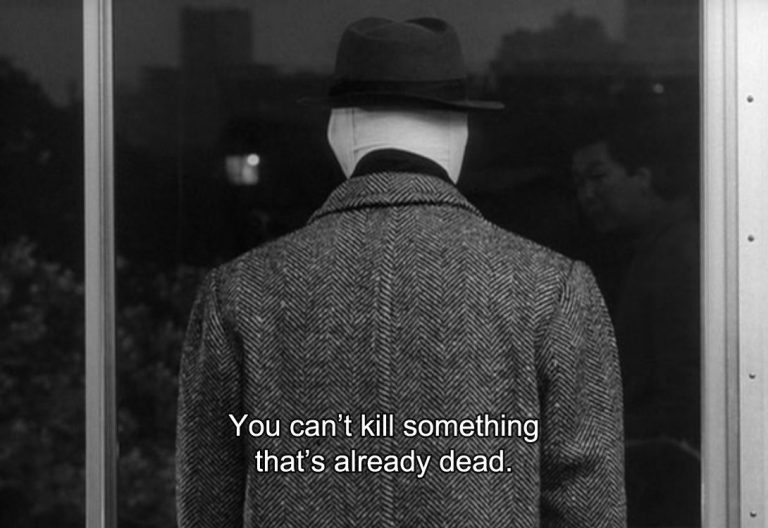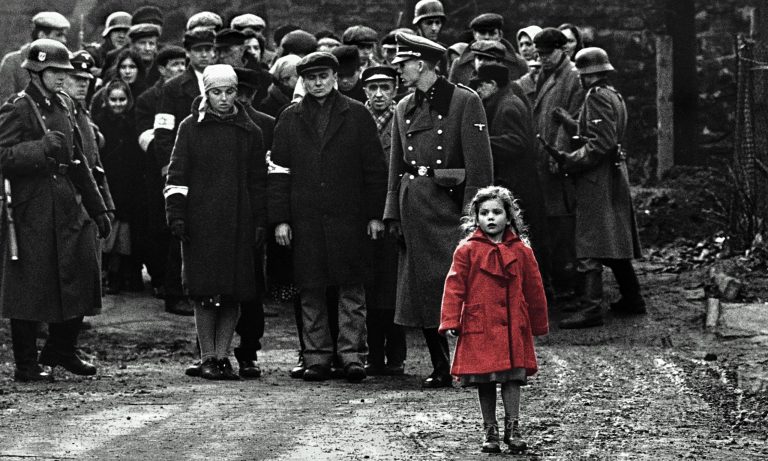Cigarette smoking has been ever present onscreen since the early days of cinema. Over the years, the landscape of onscreen smoking may have changed — introducing vape is a distinct visual shift — but a cigarette’s traditional look and silhouette is still just as recognizable today. At times, filmmakers would have to work around smoking restrictions. For example, J. Robert Oppenheimer was a heavy smoker, which meant a lot of fake smoking on the set of the nuclear thriller Oppenheimer. Something that the actors struggled with.
While fake prop cigarettes don’t contain harmful and carcinogenic ingredients found in real cigarettes, exposure to and inhalation of smoke can still impact one’s respiratory system. In this post, we’ll look at how onscreen smoking has changed in recent years and some of the possible factors impacting its decline:
Onscreen smoking — then and now
As briefly mentioned in our introduction, onscreen smoking has been a common occurrence from as early as the late 1920s. Tobacco companies have been known to sponsor and supply film productions with cigarettes and other tobacco products as an unspoken product placement agreement. Over the years, cigarettes and cigarette smoking have been shown onscreen in films across various genres and settings, sometimes as mere props, other times as an extension of characterization, and, at times, as a plot device.
In our previous post on Better Call Saul‘s smoking scene, we highlighted the brilliance of the show’s smoking scenes. Instead of relying on wordy dialogue, Better Call Saul uses non-verbal cues to convey the relationship between two characters. Sharing cigarettes speaks to the characters’ unbreakable bond and support for each other. Of course, cigarette smoking is only part of the storytelling. The smoking scenes also heavily rely on the characters’ subtle gestures and facial expressions to convey their emotions and connections.
In recent years, smoking onscreen has looked slightly different. We mentioned the shift to onscreen vaping in our introduction. At the same time, the attitudes of viewers and filmmakers toward cigarettes and smoking have also shifted, viewing the habit as something negative. A great example of this is the superhero satire film aptly titled Smoking Causes Coughing. The film follows the misadventures of a superhero team known as the Tobacco Force. Its five members: Benzene, Nicotine, Methanol, Mercury, and Ammonia. The film was played to acclaim at the 2022 Cannes and has made its rounds through the festival circuit since.
The decline of onscreen smoking
Fortunately and for public health reasons, smoking in cinema has steadily declined since the early 2000s. Above, we mentioned the shift in public perception of cigarettes and smoking. Understanding the decline in smoking rates off-screen is essential to understanding its onscreen fall. Nicotine replacement therapy (NRT) products have become increasingly popular as more people look to quit the habit. The nicotine pouches on Prilla showcase how these NRT products give users microdoses of nicotine discreetly, as the smoke- and tobacco-free pouches are placed between the gum and top lip. Unlike regular snus or other tobacco products, nicotine pouches are especially great for people trying to quit using tobacco and don’t cause excess dripping or bad breath. This is just one of the many new nicotine replacement products available today.
Still, smokeless products are far and in between occurrences on the screen. In the mystery series Poker Face, the lead character – who doesn’t have access to any cigarettes – gags at a flavored vape pen. Seemingly, even vapes don’t seem to carry the same onscreen effect traditional cigarettes do. However, even if onscreen vaping has become a modern phenomenon we may continue to see in the short future, the growing popularity of smokeless nicotine products raises the question of whether or not we’ll be able to see these products represented onscreen.
In 2022, Deadline officially announced the much-awaited sequel to DC Comics’ exorcist film Constantine — Constantine 2. While the news was well-received, superfans worried about how John Constantine’s character will be treated in a sequel that comes out decades after its predecessor. Namely, fans raised ex-chainsmoker Constantine’s switch to nicotine gum at the end of the first film. Nicotine gum is one of the oldest nicotine replacement therapy products, alongside nicotine patches. If filmmakers are to stay faithful to the occultist’s characterization, we can expect to see some nicotine gum representation on the big screen… and maybe even other nicotine products.






